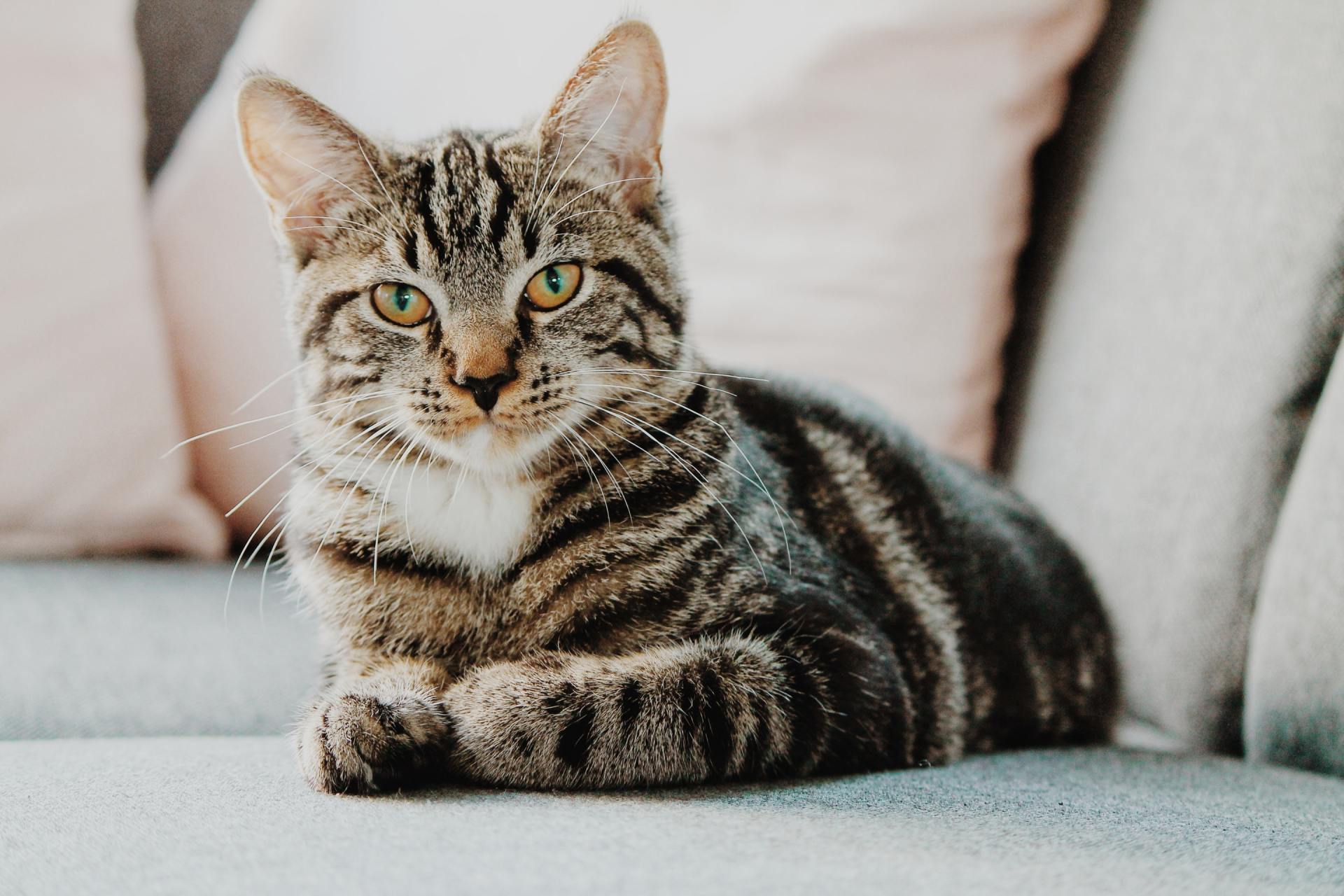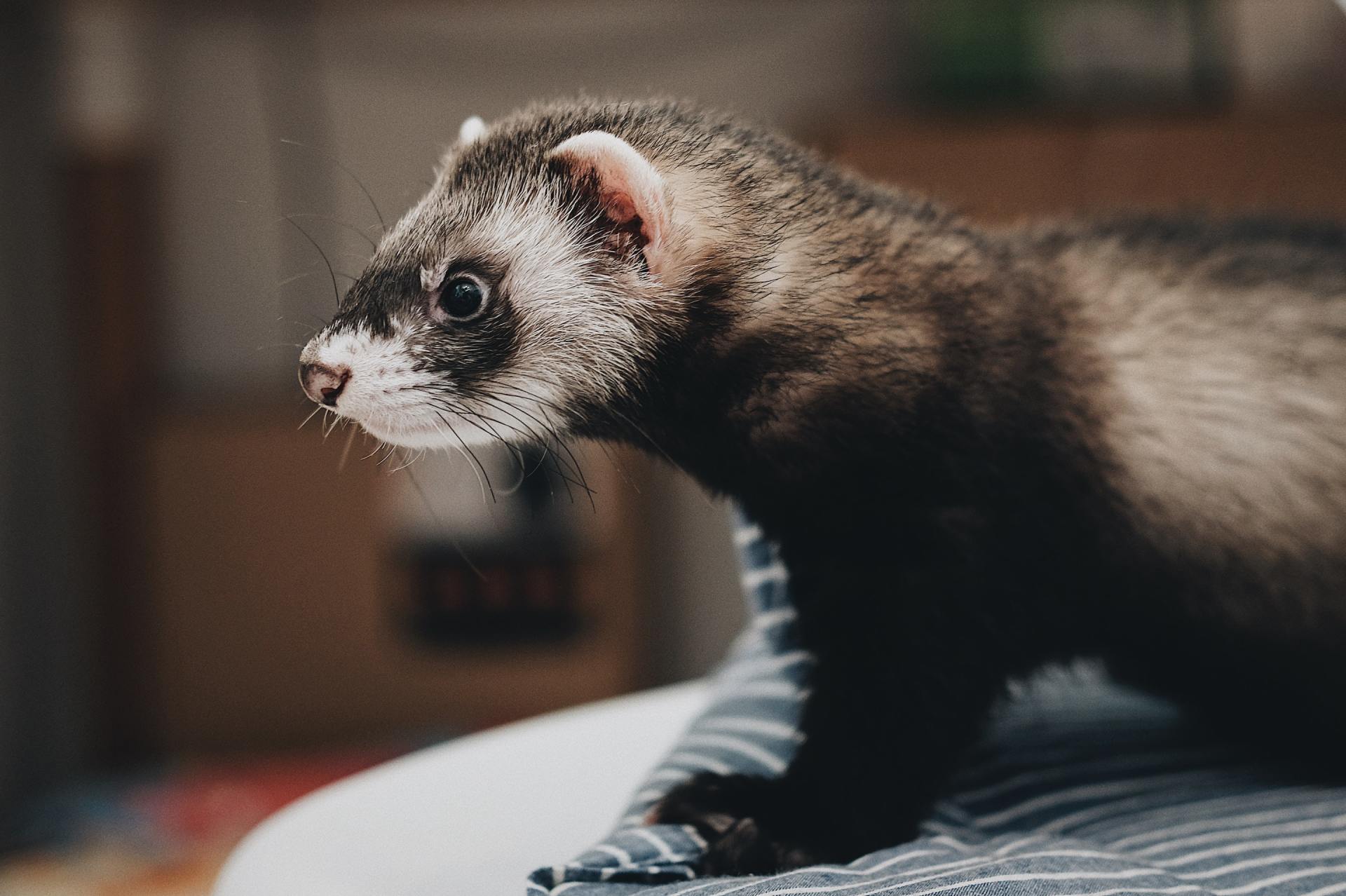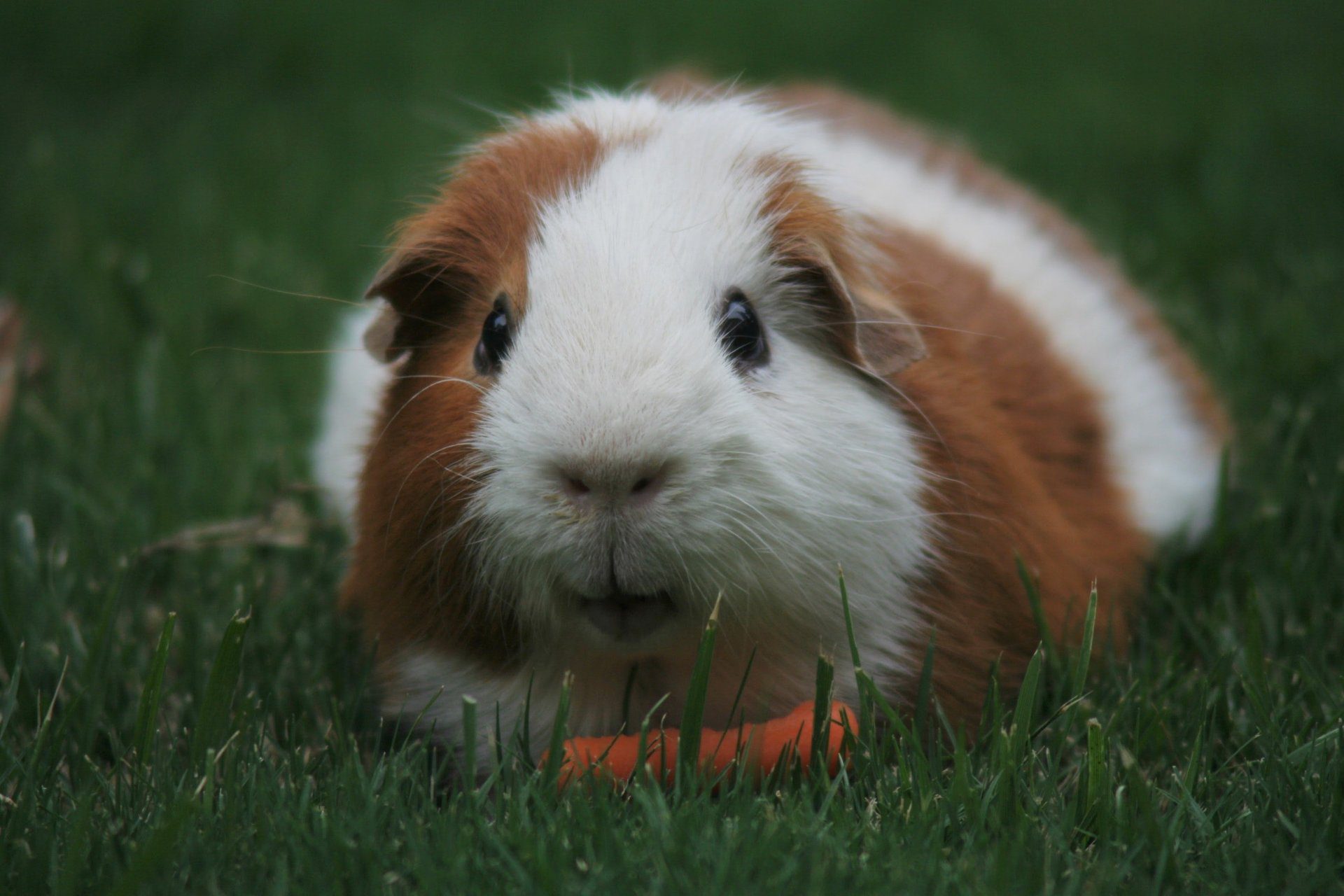Fun Facts about Bearded Dragons
Did you realize how popular bearded dragons have grown in recent years? While reptiles have always had a small core of loyal followers, they are significantly less popular than Fluffy and Fido. However, Beardies can actually make excellent pets! Continue reading to learn more intriguing facts about them from a local Middletown, DE veterinarian.
They’re Australian, Mate!
Let’s start with the basics. The bearded dragon is native to Australia, where it can be found in hot, arid environments such as deserts, forests, savannas, and scrub. They usually get to be 18 to 22 inches long.
There Are Different Kinds
There are actually eight types of beardies. Pogona vitticeps is the one most commonly kept as a pet, and it is the one we are discussing here. It is also known as the inland or central bearded dragon.
There Are Many Different Morphs
This is when things may become confusing. In addition to the distinct species, there are several different mutations, often known as morphs. These may have varied colors and patterns. Some may also have unique nail colors, spikes, scales, sizes, and head forms.
Here are some of the most popular:
- Hypomelanistic
- Silkback
- Wero
- Translucent
- Dunner
- Leatherback
- Paradox
- German Giant
- Hypo
- Silverback
Another fascinating fact regarding morphs? Beardies can exhibit traits from more than one morph.
They Were Prohibited
In the 1960s, Australia made the export of beardies illegal. However, breeders have been active in the United States for decades, so there is no current need to acquire wild ones. One advantage of the many designer morphs is that they do not occur naturally. This serves to reduce the capture and trading of wild beardies.
They Are Coldblooded
This is probably not a surprise. Beardies, like other reptiles, are cold-blooded, which means they control their body temperature by traveling from warm to cool environments. They frequently bask in the sun.
They Are Poisonous (But Not Much)
Bearded dragons can produce poison. However, if this one caught you off guard, do not panic. Bearded dragon venom is not potent enough to harm humans. If you are bitten by one, you will most likely only have transient irritation around the bite.
They’ve Broken Records
In terms of longevity, one remarkable beardie defies all expectations. Sebastian, a charming lizard, survived for over 19 years! Sebastian, a reptilian citizen of the United Kingdom, even made it into the Guinness Book of World Records.
Their Spikes Stiffen When They Are Stressed
Beardie spikes are typically more decorative than functional. Most of the time, they feel soft and rubbery. However, if the animal is stressed, the spikes stiffen.
They Can Taste Odors
Beardies, like snakes, can gather fragrance molecules with their tongues. Their brain processes information as aroma rather than taste.
They Survive Longer In Captivity
Wild beardies normally live for four to ten years. That’s a rather good run for lizards; although some larger lizards live longer, many smaller ones only live a few years. However, pet beardies have a longer lifespan than their wild counterparts. The average lifespan of a pet beardie is 7 to 15 years.
They’re Very Amiable
Beardies are quite friendly, which is why they have grown in popularity. Unlike other lizards, they are usually fairly calm and relaxed. They also develop strong attachments to their humans, which is unusual for a reptile. Many even want to cuddle!
They Eat Varied Diets
Bearded dragons eat a combination of insects and produce. The proportions will change over time, though. Young bearded dragons need more insects to provide protein for their growing bodies, while adults can eat more produce and will need fewer bugs. For instance, a juvenile may eat 60 crickets daily, but adults may only need whatever they can eat in about 15 minutes.
Ask your Middletown, DE vet for more information.
Fireflies Are Poisonous To Them
This is undoubtedly one of the most intriguing beardie facts. Fireflies’ bodies contain a steroid called lucibufagins, which is highly toxic to many reptiles and insects. In fact, ingesting even half of a firefly can kill an adult beardie.
Fireflies Are Not Their Only Kryptonite
Fireflies aren’t the only things beardies should avoid eating. Avocado is likewise harmful to them, although in this case, it is due to a toxin called persin. Milk, chocolate, onions, chives, mushrooms, garlic, rhubarb, avocados, and eggplants are some other foods that should never be given to a beardie. Beardies are also sensitive to acidic foods like oranges, tomatoes, lemons, limes, and pineapples. Furthermore, you should avoid offering your beardie any insects that you catch in the wild, as they could have parasites or diseases.
Keep in mind that a beardie’s diet will require adjustments over time.
They Have Interesting Reproductive Habits
Males often put on a show when attempting to attract a mate. This is not unique in the animal realm; numerous animals demonstrate similar behavior.
What is a little less common? Females appear to be capable of storing sperm, allowing them to produce many clutches from a single mating session.
They Have Large Clutches
Speaking about clutches, beardies have quite huge ones. They can lay as many as 30 eggs at once! They will lay even if the eggs are not fertilized.
They’re Fast Runners
Beardies can move fast when they want to. These men can sprint up to nine miles per hour! That’s pretty quick. However, they will not be able to keep up that pace for long.
They Are Illegal to Keep As Pets In Hawaii
Bearded dragons are permitted across the continental United States, but it is illegal to have them in Hawaii. The climate is friendly to them, perhaps too much so. Escaped pet dragons can procreate, potentially decimating wildlife nearby.
They Have A Unique Body Language
It’s always intriguing to learn more about our animal companions and how they interact with one another. Beardies have some distinctive nonverbal cues. A threatened beardie might raise its chin, puff out its ‘beard,’ or open its mouth. They may occasionally hiss. Head bobs could indicate intent or attitude: a slow bob may suggest a dragon’s docility, whilst a quick one may show hostility or dominance.
They Can Run Standing Up
Bearded dragons are not only fast runners, but also quite unique. They can even run on their back legs! The airflow helps them keep cool. They also gain a bit of speed this way. You are unlikely to see your pet doing this, as it is typically done when they are scared and attempting to flee from a predator.
Some Have Two Heads
While it is uncommon, there are beardies out there with two heads. Fountain Valley, CA’s Reptile Zoo has one!
They Change The Color Of Their Beard
You may have heard that turkeys’ wattles change color depending on their mood. Beardies also do this!
We’ve focused on entertaining information in this article, but if you’re thinking of adopting a beardie, you should also learn about not-so-fun facts like indications of sickness, frequent illnesses and diseases, and general do’s and don’ts of beardie care. Remember, we’re here to help! For further information, please contact your Middletown, DE animal clinic.
Book An Appointment At Our Middletown, DE Pet Clinic
Do you have any queries about bearded dragon care? Are you looking for an excellent vet who works with reptiles? Contact us, your Middletown, DE pet hospital, at any time!




